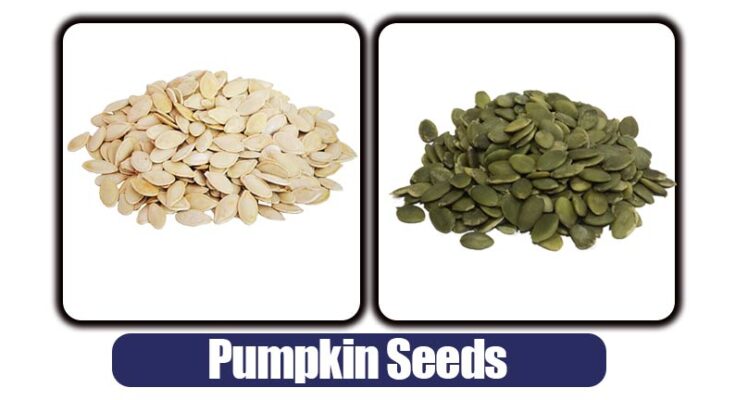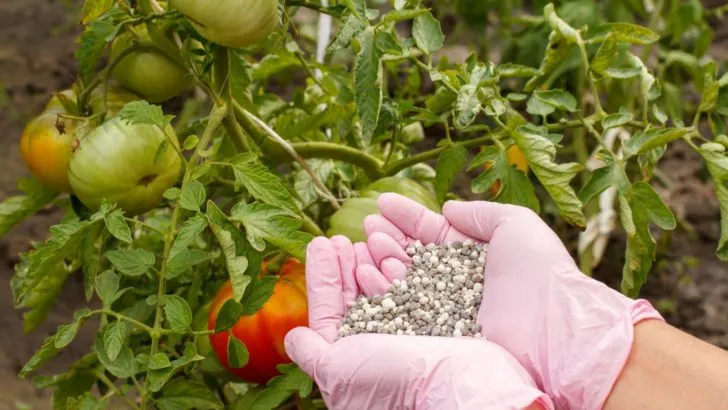Saving pumpkin seeds is a simple process:
- Select Mature Pumpkins: Choose ripe, fully matured pumpkins with hard skin. Avoid hybrid varieties.
- Harvest the Pumpkin: Cut the pumpkin from the vine, leaving a few inches of stem attached. This stem acts as a handle.
- Extract Seeds: Scoop out the seeds and pulp from the pumpkin’s interior. Separate seeds from the stringy pulp as much as possible.
- Clean Seeds: Rinse the seeds under cold water in a strainer to remove the remaining pulp.
- Dry Seeds: Spread seeds in a single layer on a paper towel or fine mesh screen. Air dry them completely for several days, stirring or turning daily.
- Label and Store: Once dry, label the seeds with the pumpkin variety and collection date. Store them in an airtight container or envelope in a cool, dry, and dark place.
Introduction to saving pumpkin seeds

Saving pumpkin seeds is a rewarding and sustainable practice that allows you to preserve the genetic diversity of your favorite pumpkin varieties while reducing the need for purchasing new seeds each year. By following a few simple steps, you can harvest, clean, and store pumpkin seeds for future planting.
First, choose mature pumpkins for seed saving. These pumpkins should be fully ripe and have developed a hard, mature skin. Avoid using pumpkins from hybrid varieties, as their seeds may not produce offspring with the same traits.
To begin the process, harvest the chosen pumpkin by cutting it from the vine, leaving a few inches of stem attached. This stem acts as a convenient handle during seed extraction.
Next, scoop out the seeds and pulp from the pumpkin’s interior. While some pulp residue is acceptable, try to separate the seeds from the stringy pulp as much as possible. Rinse the seeds in a strainer under cold water to further clean them.
After cleaning, spread the seeds in a single layer on a paper towel or a fine mesh screen. Allow them to air dry completely, which may take several days to a week. Ensure you stir or turn the seeds daily to promote even drying.
Once dry, label the seeds with the pumpkin variety and the collection date, then store them in an airtight container or an envelope. Keep the container in a cool, dry, and dark place like a basement or a refrigerator for long-term storage.
Saving pumpkin seeds not only empowers you to cultivate pumpkins with the desired traits but also contributes to sustainable gardening practices. It’s a delightful way to maintain your pumpkin favorites and reduce your reliance on commercial seed sources.



